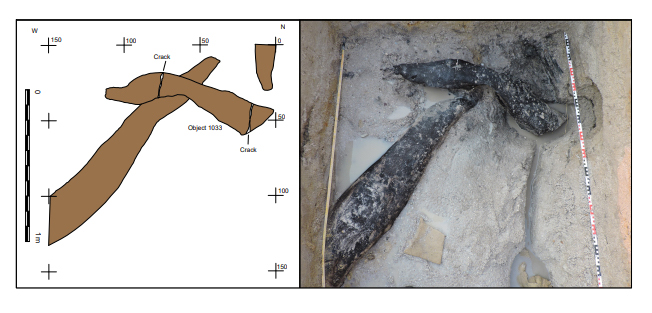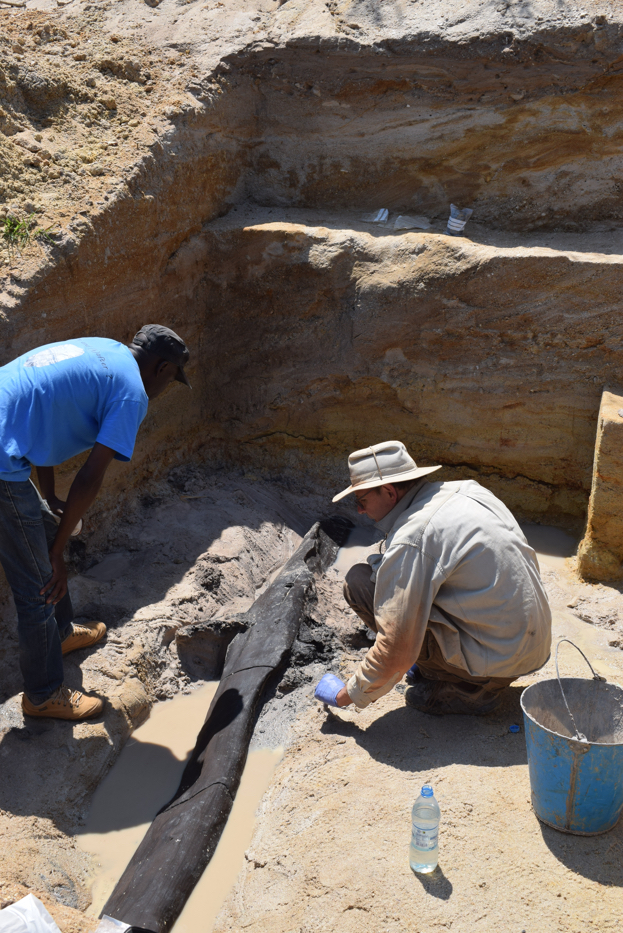
Archeologists have discovered a timber structure built by humans before homo sapiens evolved as a distinct species.
The world’s oldest timber structure, uncovered at Kalambo Falls, Zambia, dates back at least 476,000 years, predating the emergence of Homo sapiens some 200,000 years ago.
Expert analysis of stone tool cut-marks on the wood show that these earlier humans shaped and joined two large logs to make a structure, probably the foundation of a platform or part of a dwelling.
It’s the earliest evidence of carpentry found anywhere in the world, and overturns assumptions that our older human cousins used wood only for fuel, digging, and weapons.
Wood normally rots and disappears, but the high water levels at Kalambo Falls preserved this structure.
The discovery by a team from the University of Liverpool and Aberystwyth University in the UK also challenges the prevailing view that Stone Age humans were nomadic.

People at Kalambo Falls had a reliable source of water while the forest provided the means to settle and make structures.
‘Forget the Stone Age’
“This find has changed how I think about our early ancestors,” said Liverpool Professor Larry Barham.
“Forget the label ‘Stone Age,’ look at what these people were doing: they made something new, and large, from wood. They used their intelligence, imagination, and skills to create something they’d never seen before, something that had never previously existed.”
“These folks were more like us than we thought,” he added.
Experts at Aberystwyth University used novel luminescence dating techniques, which reveal the last time minerals in the sand surrounding the finds were exposed to sunlight.
“The site at Kalambo Falls had been excavated back in the 1960s when similar pieces of wood were recovered, but they were unable to date them, so the true significance of the site was unclear until now,” said Aberystwyth Professor Geoff Duller.
The area is on a ‘tentative’ list for designation as a Unesco World Heritage site because of its archaeological significance. Duller said the find “adds more weight to the argument” that it should be designated as such.
- This video explains the find:










